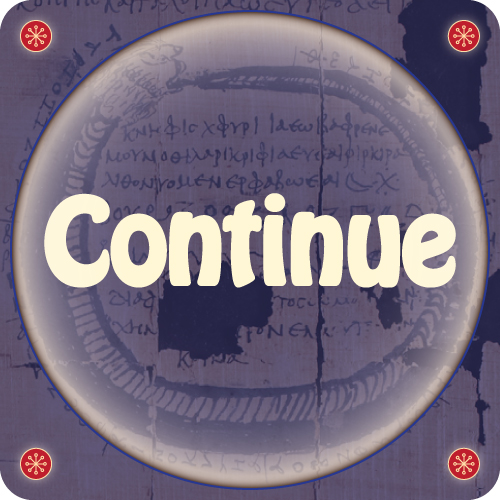Unit 5. A Brief History of Modern Editions of the Greek Magical Papyri
“Greek Magical Papyri” is the English translation of a modern Latin term coined in the early 20th century by classical scholars: Papyri Graecae Magicae. The common abbreviation is based on the Latin label: PGM. This is how Papyri Graecae Magicae is pronounced:
Audio Player
The Papyri Graecae Magicae were first edited by Karl Preisendanz in two volumes in 1928 and 1931. They include the papyri PGM I (PGM 1) to PGM LX (PGM 60). The printing plates of a third volume with indeces were destroyed in a fire during WW2 but a copy of the manuscript survived and is available online.
In 1986, over five decades later, Hans Dieter Betz edited the first English translation of the papyri in his book The Greek Magical Papyri in Translation – Including the Demotic Spells. He included the newly discovered magical papyri which now counted up tp PGM CXXX (PGM 130).
Shortly afterwards, R. W. Daniel and F. Maltomini re-published a number of the previously edited PGM plus a smaller number of recently discovered ones in their two volumes called Supplementum Magicum. Unfortunately they did not continue the PGM numbering but instead labeled all of the papyri SM 1 – SM 100.
In a recent new edition of the Egyptian and Greek magical papyri which is focused on the ritual manuals, the authors Christopher Faraone and Sophía Torallas-Tovar introduced a new term which is supposed to replace the established abbreviation “PGM”: GEMF. This is the abbreviation of Greek and Egyptian Magical Formularies, which is also the title of their book.
“GEMF” is a rather problematic choice since it does not allow a clear differentiation between Greek texts on one hand and Egyptian texts on the other, and, for being precise: the bilingual texts as the third option. In addition, the authors only include Egyptian-Demotic formularies, the Egyptian-Coptic texts are excluded. The numbering in the book posts another problem because it is based on dating which means that – sooner or later – this numbering will very likely be outdated.
Unit 6. The Major Topics in the Greek Magical Papyri
Around 450 individual ritual instructions are preserved in the manuals of the Greek Magical Papyri. They cover a wider range of topics which focus on everyday problems, threats, and challenges and they illustrate that the magical papyri were not written for – and limited to benefit – an elite, but that the rituals and artefacts were specifically performed and created for common people.
There are five major topics in the Greek ritual manuals. Find out about them and take a look at fascinating examples:
Unit 7. Good and Bad Days for Rituals
Some magical papyri contain additional information, like lists of good and bad days for performing a ritual or astrological data concerning the best times for individual rituals. Take a look at this section from the papyrus scroll PGM VII:
Unit 8. Technical Terminology in the Greek Magical Papyri
Ancient Greek magic had a large set of technical terminology. Most technical terms address individual spells and techniques, here is a selection:

